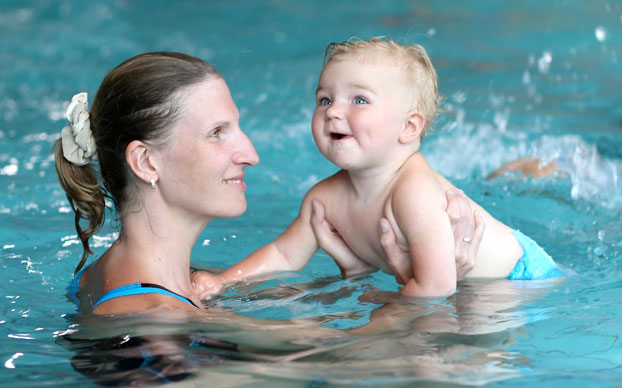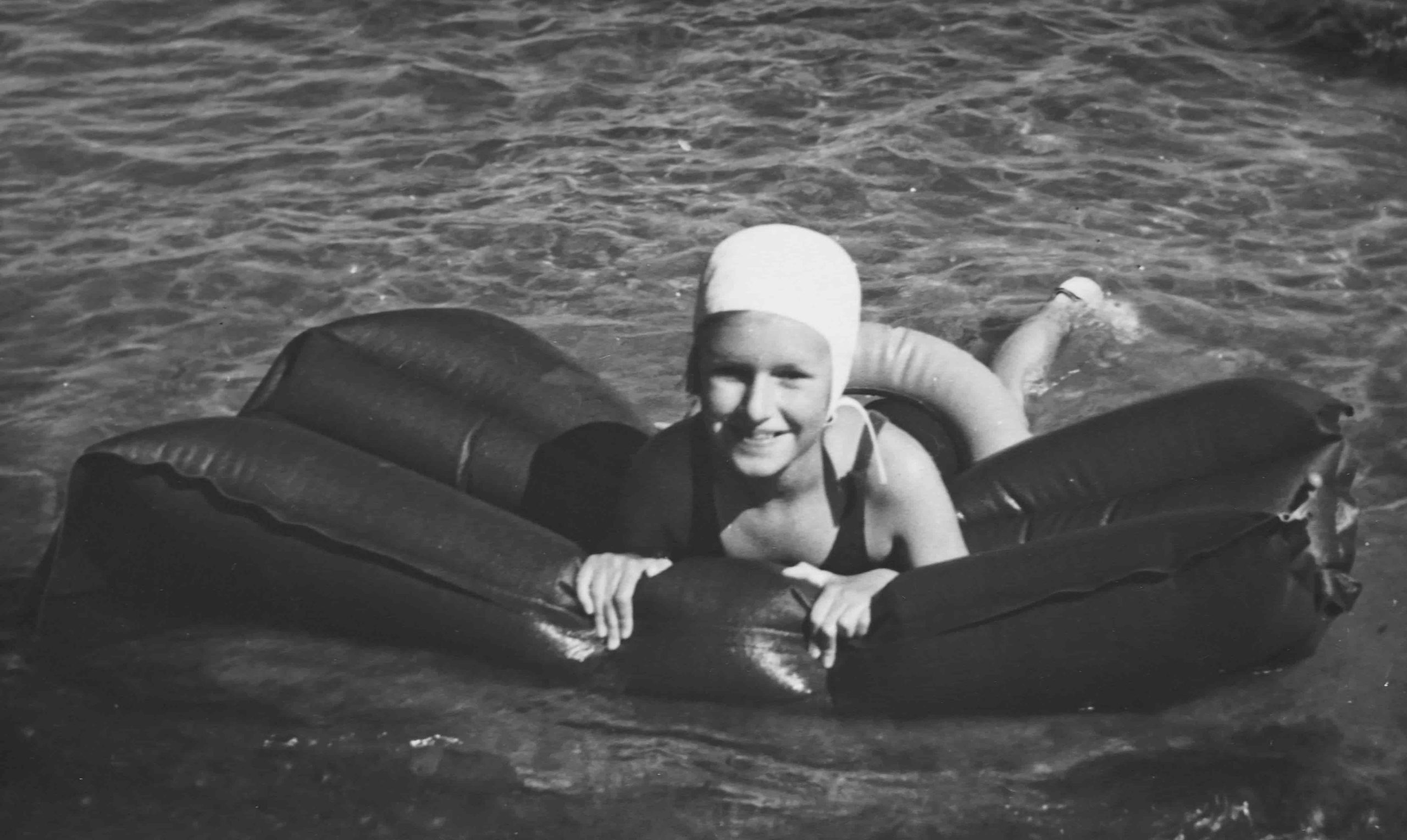Nothing is more devastating than losing a child because of a preventable accident.
To protect their children from the threat of drowning, parents often consider enrolling their children in swimming lessons. However, it has been theorized that these lessons may actually increase the risk of drowning for some children because parents are tempted to relax their level of supervision, which can lead to accidental drowning.
In fact, according to Dr. Ruth A. Brenner of the Eunice Kennedy Shriver National Institute of Child Health and Human Development, many children who drown are relatively skilled swimmers who may have taken swimming lessons in the past. As many as 48% of children between 5 and 19 years old who drown were able to swim at least 50 feet without assistance, and 58% were able to swim continuously for one minute or more. Based on these statistics, Dr. Brenner concluded that swimming lessons alone aren’t sufficient to protect children from drowning.
In light of these facts, parents should not rely solely on swimming lessons to prevent drowning, nor should they relax their level of vigilance even after a child has demonstrated a strong ability to swim without assistance. Teaching your child how to swim is an excellent first step, but it won’t guarantee a child’s safety in water. A sudden cramp, injury, or other unexpected occurrence can cause even the best swimmers to struggle, making additional precautions necessary.
If your children will be in or around water at any time, make sure you follow these rules:
Never let your child swim without supervision, even if you are confident in his or her swimming abilities.
If you have an outdoor pool on your property, use a strong swimming pool safety fence to keep children away from the area when the pool isn’t in use or no adults are available to supervise. Be sure that the pool safety barrier you choose encompasses all sides of the pool and separates it from your home and yard completely. In addition, you should look for a fence with a self-closing, self-latching gate to prevent accidental entries.
Finally, make sure that you opt for a fence made from sturdy materials, such as a fiberglass pool fence, as opposed to weaker materials that may deteriorate or become damaged easily. Here at Protect-A-Child, we use only the strongest materials, and the strength of our pool safety fence posts vastly exceeds that of our competitors.
Don’t leave an unprotected pool on your property. Protect-A-Child’s pool fence reviews speak for themselves, and we know that you will never regret your decision to make your home safer for children. For more information visit our Pool Fence Dealers page to find your local dealer.



